Creating a perennial flower garden is like planting the seeds of timeless beauty that will bloom year after year, delighting the senses and bringing joy to your outdoor space. Unlike annuals, which require replanting each year, perennials offer long-term beauty and resilience, making them a beloved choice for gardeners seeking lasting impact. In this guide, we’ll delve into the art of planning and planting a perennial flower garden, ensuring that your garden thrives with timeless elegance for seasons to come.
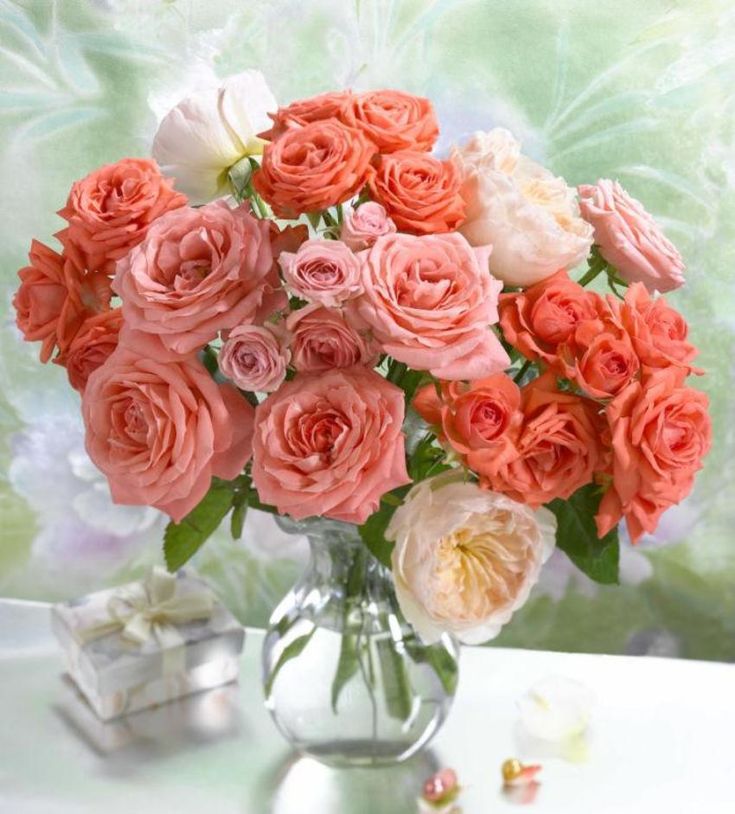
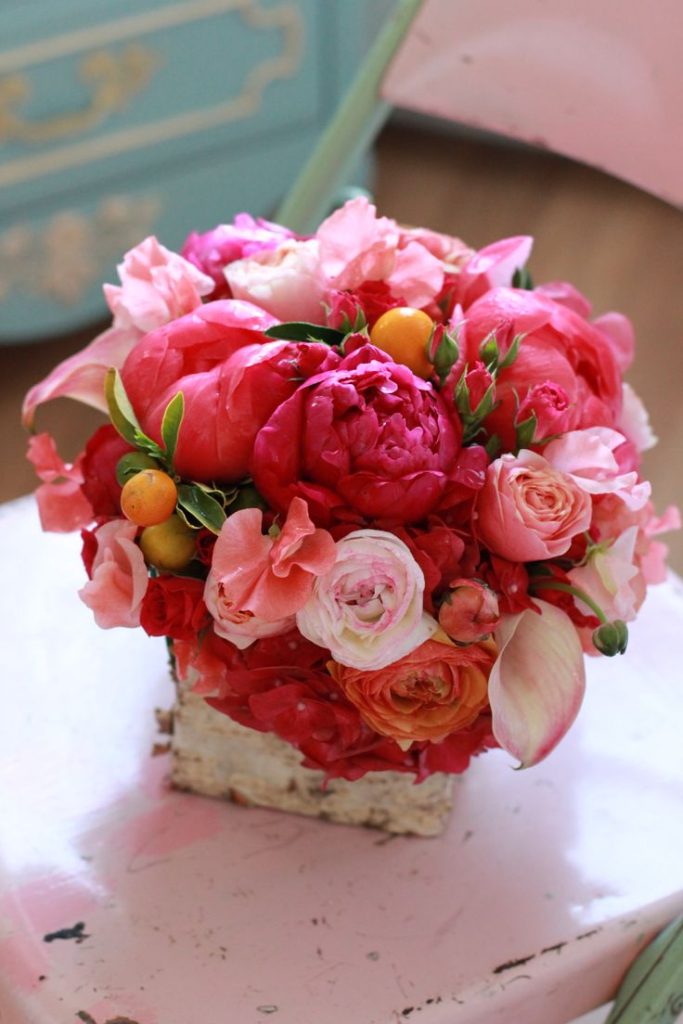
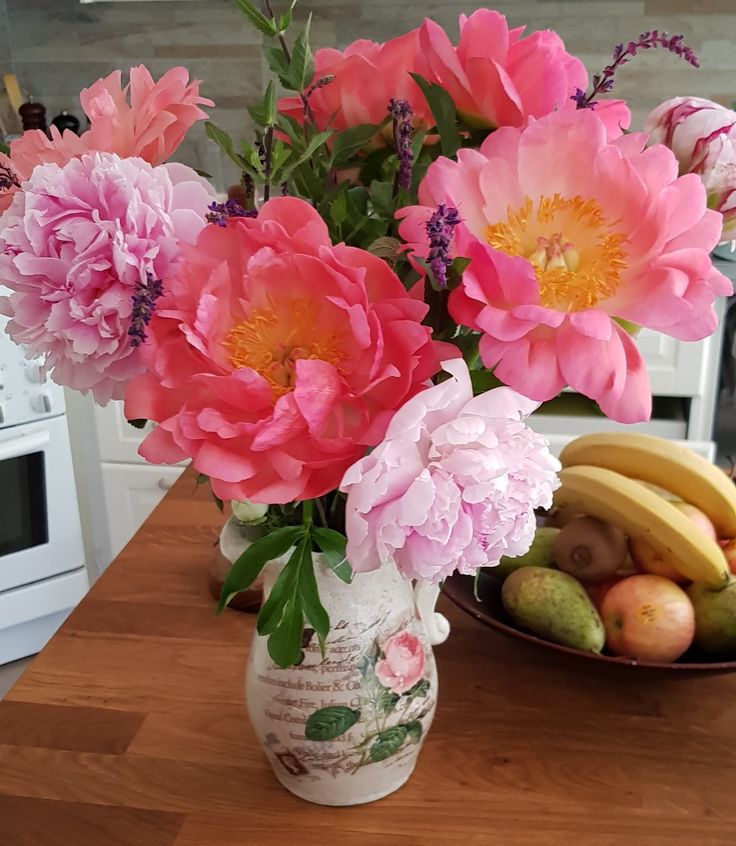
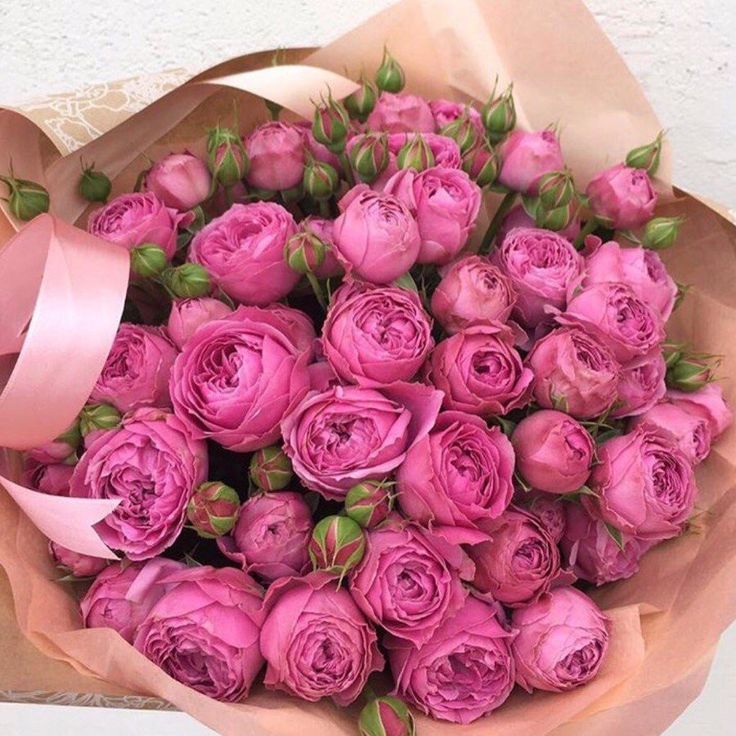
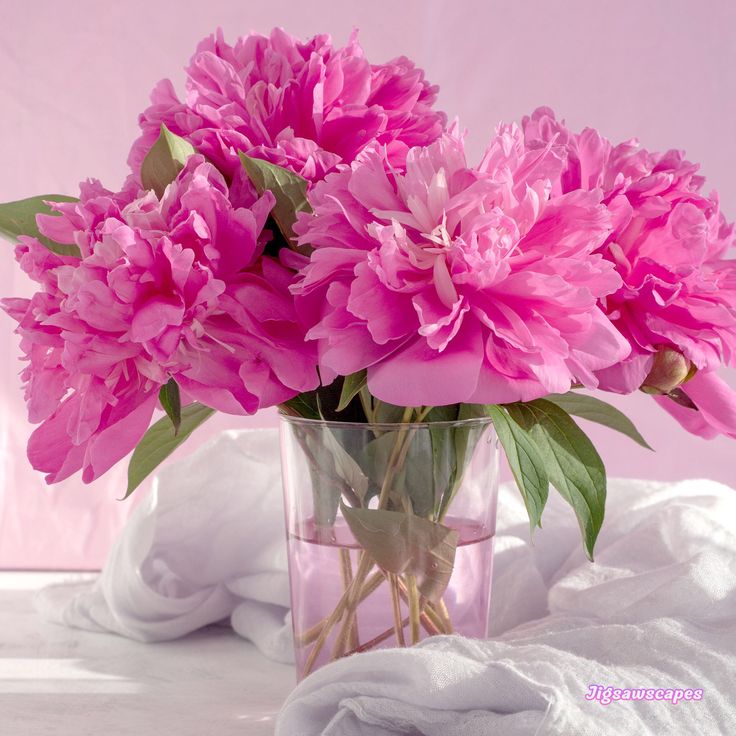
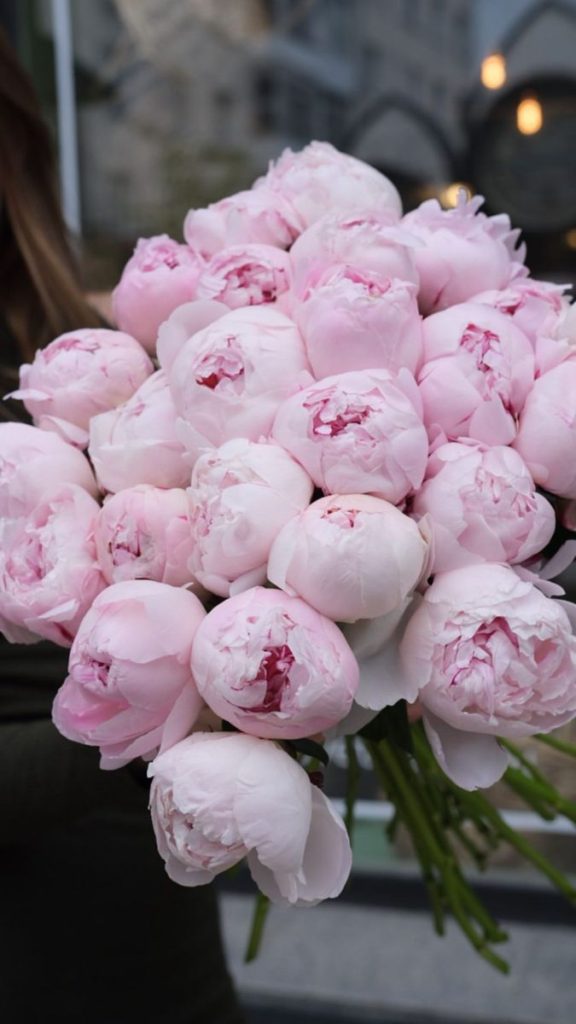
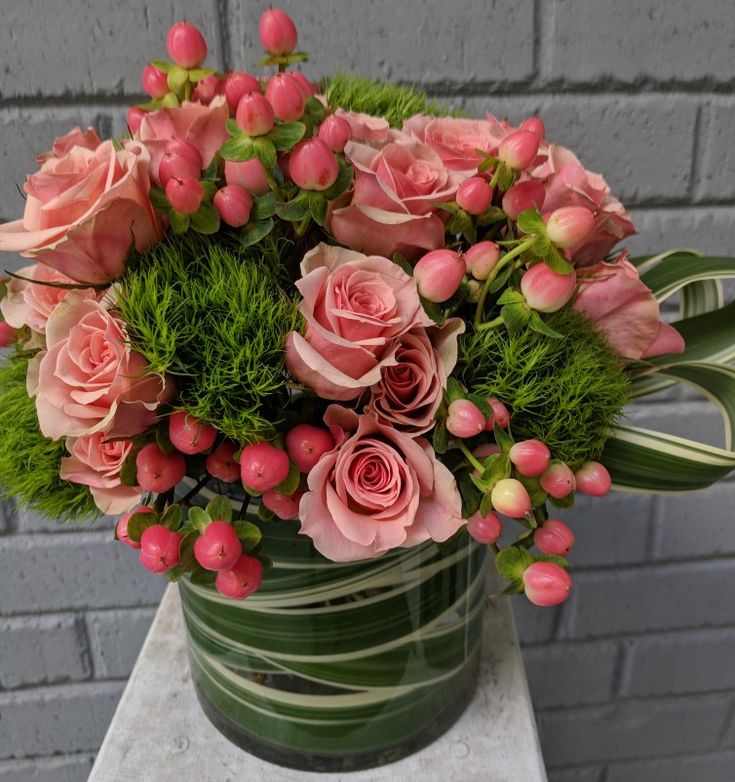
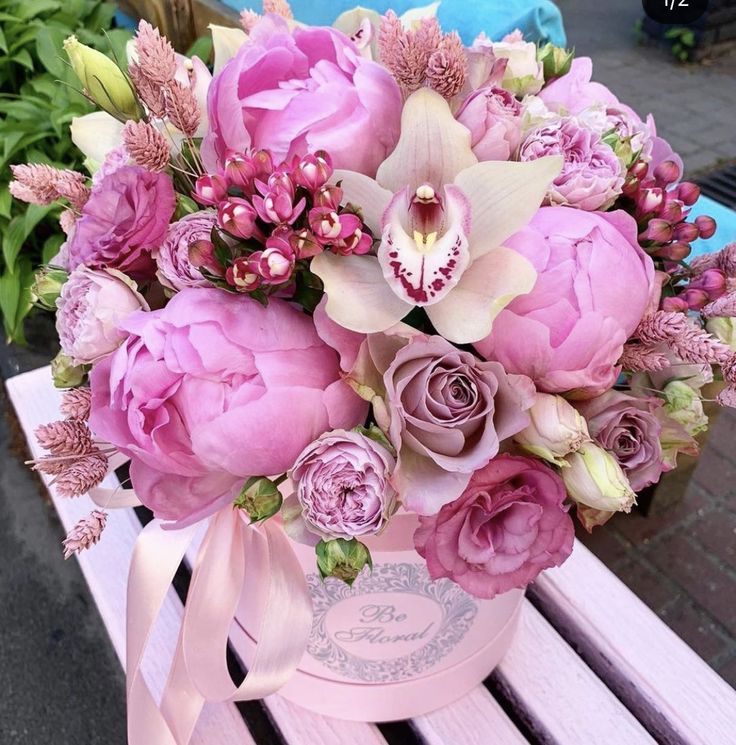
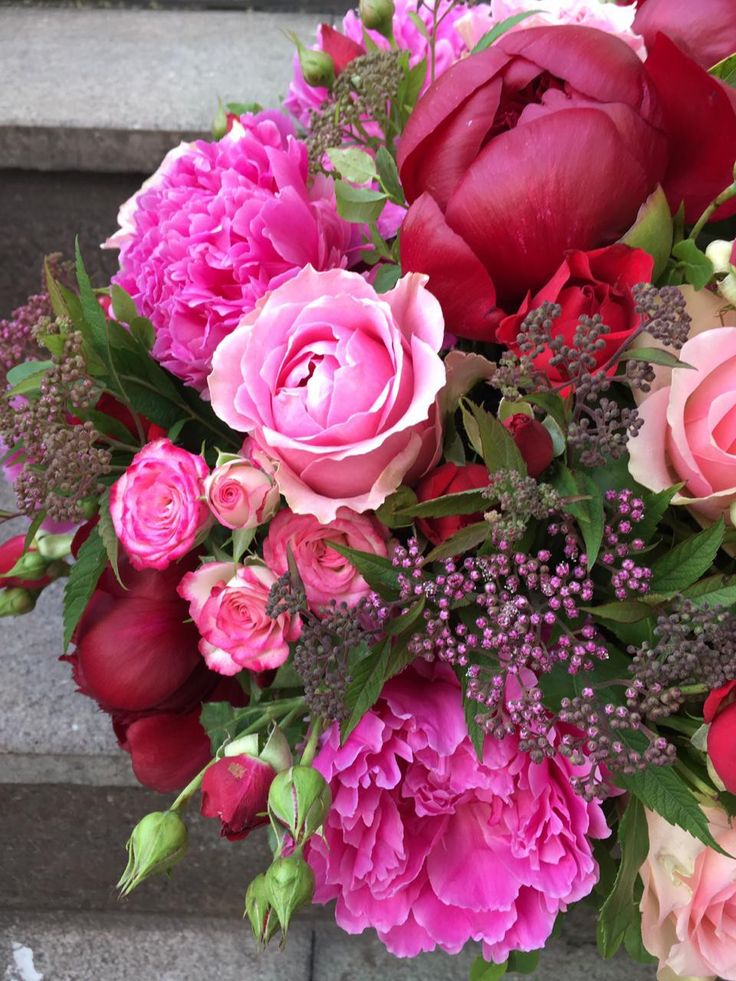
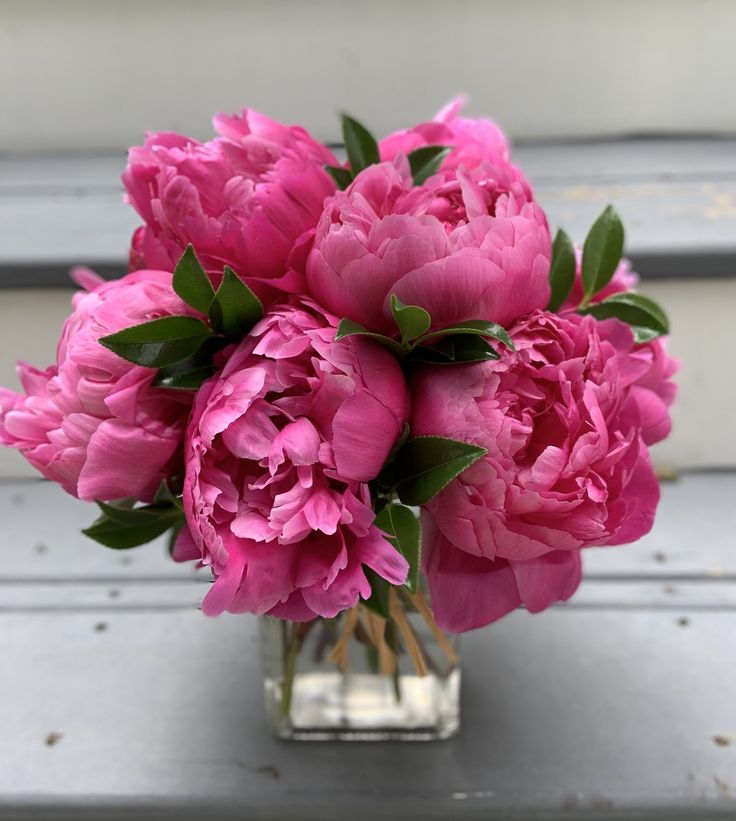
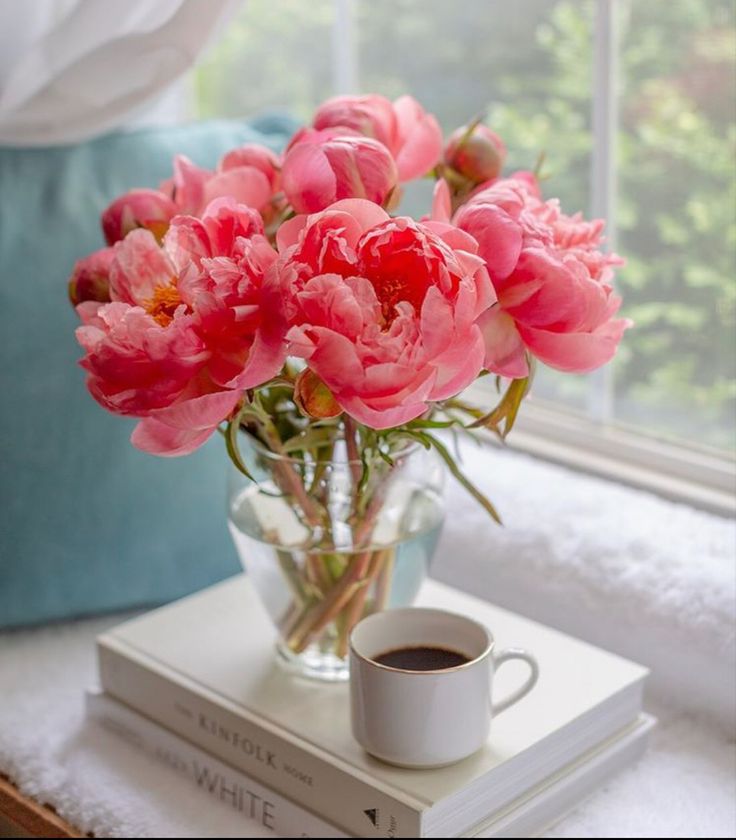
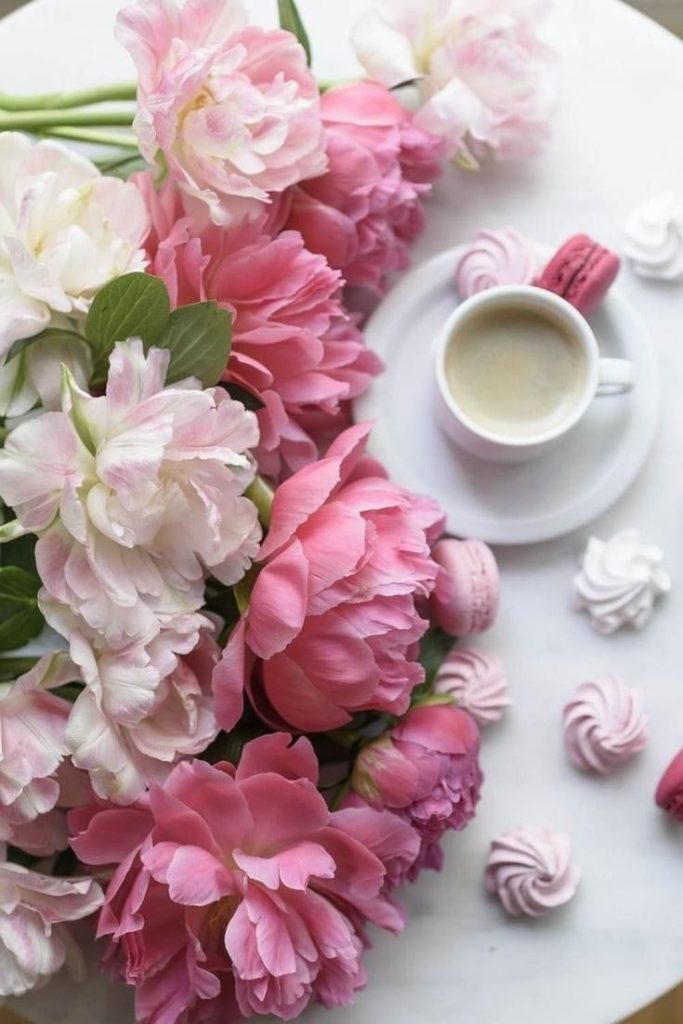

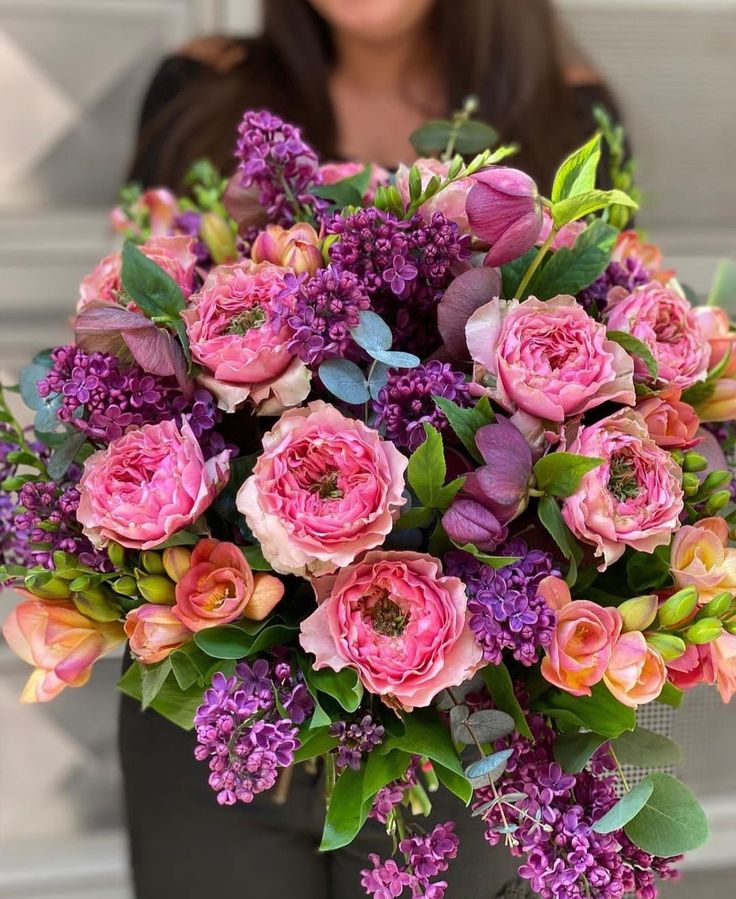

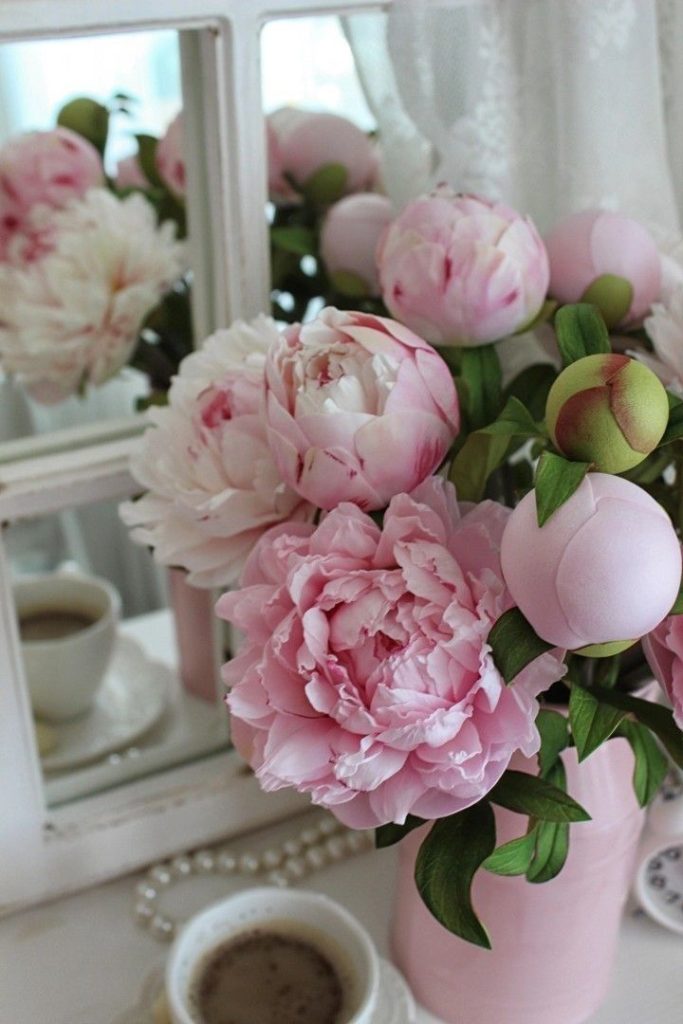
Understanding Perennial Flower Gardens
- Year-Round Appeal: Perennial flowers are plants that live for multiple years, often returning each season with renewed vigor and beauty. By carefully selecting a variety of perennials with staggered bloom times, you can create a garden that offers continuous color and interest throughout the year.
- Low Maintenance: Once established, perennial flower gardens require minimal maintenance compared to annuals, as they do not need to be replanted each year. With proper care and attention, perennials can thrive for many years, providing enduring beauty with relatively little effort.
Planning Your Perennial Flower Garden
- Assessing Garden Conditions: Start by evaluating your garden’s growing conditions, including sunlight exposure, soil type, and moisture levels. Choose perennials that are well-suited to your garden’s microclimate, ensuring they have the best chance of thriving.
- Selecting Perennial Varieties: Research different perennial flower varieties to choose those that complement each other in terms of color, height, bloom time, and texture. Aim for a mix of early, mid, and late-season bloomers to ensure year-round interest in your garden.
- Designing Garden Layout: Sketch out a garden plan that takes into account the mature size and spacing requirements of each perennial variety. Consider factors such as plant height, growth habit, and visual appeal when arranging plants within your garden beds.
Planting Your Perennial Flower Garden
- Preparing the Soil: Prepare the planting area by removing weeds, debris, and existing vegetation. Amend the soil with organic matter such as compost or aged manure to improve fertility, drainage, and soil structure.
- Planting Perennials: Dig planting holes for each perennial, making sure they are spaced according to the mature size of the plants. Gently loosen the roots of each plant before placing it in the hole, then backfill with soil and water thoroughly to settle the roots.
- Mulching and Watering: Apply a layer of organic mulch around the base of each perennial to conserve moisture, suppress weeds, and regulate soil temperature. Water newly planted perennials deeply to help establish their root systems, then continue to water as needed to keep the soil evenly moist.
Caring for Your Perennial Flower Garden
- Regular Maintenance: Perennial flower gardens benefit from regular maintenance tasks such as deadheading spent blooms, dividing overcrowded plants, and controlling weeds. Prune back any dead or damaged foliage to promote healthy growth and maintain the garden’s appearance.
- Fertilizing: Apply a balanced fertilizer to your perennial flower garden in spring to provide essential nutrients for vigorous growth and abundant flowering. Follow label instructions for application rates and timing to avoid overfertilizing or causing nutrient imbalances.
- Winter Care: In colder climates, provide winter protection for perennial plants by applying a layer of mulch or straw to insulate the soil and protect roots from freezing temperatures. Cut back any dead foliage in late fall to tidy up the garden and prevent disease.
Conclusion
Planning and planting a perennial flower garden is a rewarding endeavor that offers lasting beauty and enjoyment for years to come. By carefully selecting a variety of perennials that thrive in your garden’s conditions and designing a well-balanced layout, you can create a garden that blooms with enduring elegance and charm. With proper care and maintenance, your perennial flower garden will become a beloved sanctuary where you can reconnect with nature, unwind, and appreciate the timeless beauty of flowering plants. Embrace the art of perennial gardening and let your garden become a living tapestry of color, fragrance, and texture that enchants and inspires season after season.